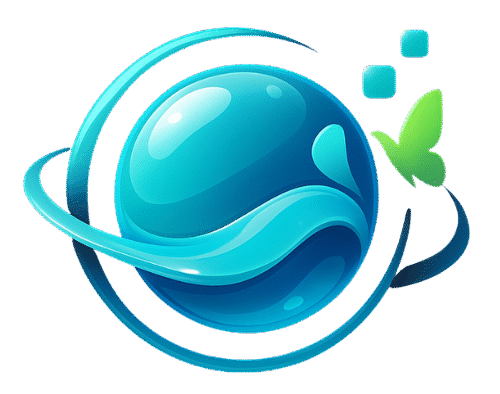What Is Frutiger Aero?
The fascination with early 2000s design has revived interest in the frutiger aero aesthetic origins. This visual language blends glossy surfaces, vibrant gradients, and futuristic optimism, capturing a time when technology felt new and inspiring.
Understanding Frutiger Aero Aesthetic Origins
The Frutiger Aero aesthetic can be recognized through glossy buttons, reflections, and the mix of natural and digital elements. It reflects early 2000s optimism about the future of technology.
- Frutiger, the widely used humanist typeface designed by Adrian Frutiger.
- Aero, Microsoft’s design language introduced with Windows Vista, full of glassy transparency effects.
Key Visual Elements of the Frutiger Aero Aesthetic Origins
The look can be recognized through recurring details:
- Glossy icons and liquid-like surfaces
- Sky blue and green gradients
- Transparent windows and reflections
- Natural imagery (clouds, water, plants) blended with sleek digital polish
Why the Frutiger Aero Aesthetic Feel Nostalgic
The frutiger aero origins are tied to an era of optimism about the future of technology. Early 2000s design was filled with hope, contrasting with today’s flat minimalism. That contrast explains why this aesthetic feels so nostalgic and utopian today.
The Revival of Frutiger Aero Aesthetic
Much like vaporwave, the frutiger aero aesthetic have reemerged thanks to online communities. Designers reinterpret the style with 3D renders, collages, and digital experiments, giving it a second life in today’s visual culture.
Conclusion
In short, the origins of Frutiger Aero are rooted in the intersection of typography, interface design, and cultural optimism.



